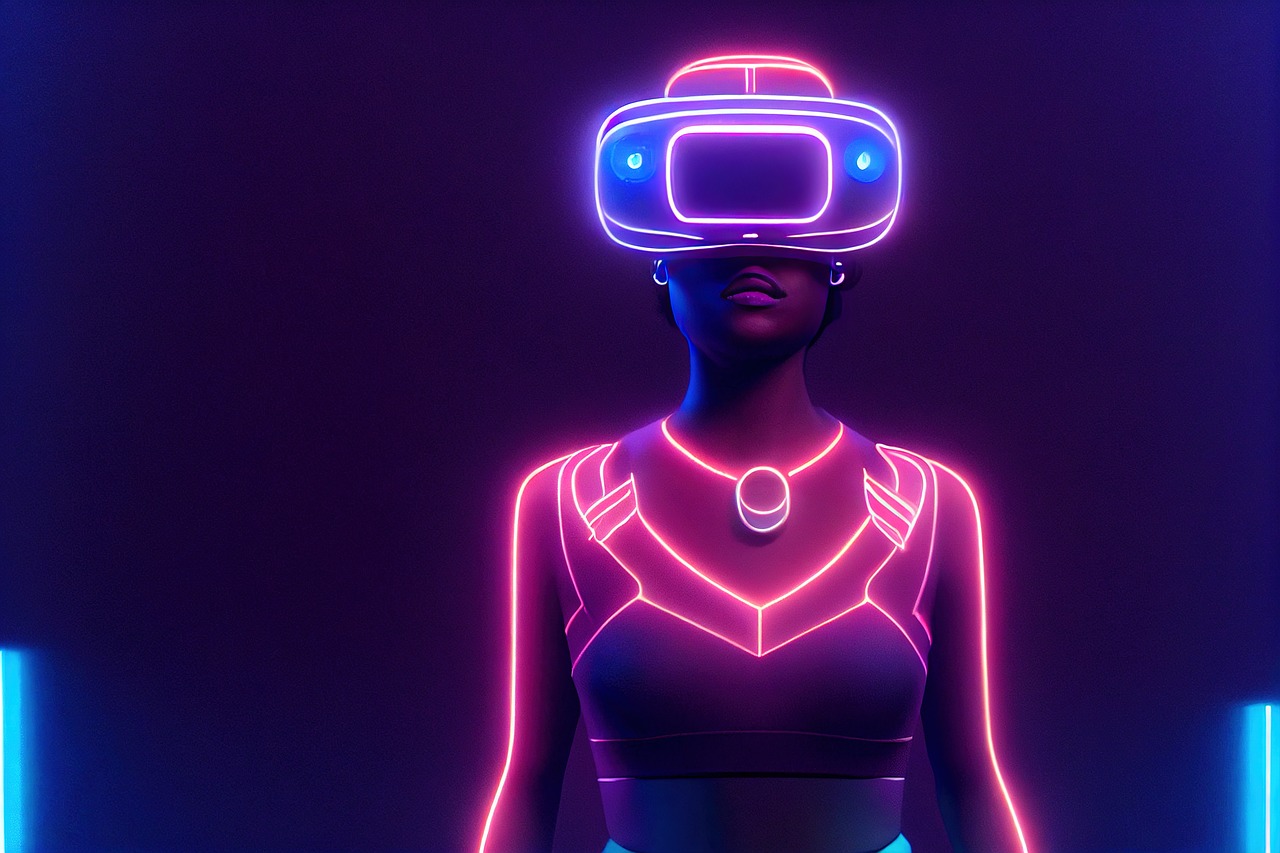Virtual Reality's Leap Forward: The New Era of Gaming
Introduction: Step into a world beyond the screen as we delve into the strides virtual reality gaming has made in recent years. Setting a new benchmark for immersion, VR gaming is transforming not only the way we play but also the gaming industry as a whole.

The Onset of Virtual Reality
Virtual reality gaming originated in the late 20th century, with the first examples of VR technology appearing in the 1960s. However, it wasn’t until the 1990s that it began to take root in the gaming industry, albeit with limited success. Early VR headsets were cumbersome, expensive, and lacked the high-quality visuals gamers craved. It wasn’t until the 2000s, with advancements in technology and the rise of companies like Oculus VR, that virtual reality started to show its true potential.
The Resurgence of Virtual Reality Gaming
The recent resurgence of VR gaming can largely be attributed to the progress in VR technology. Oculus VR’s release of the Oculus Rift in 2016 marked a turning point, offering high-quality VR experiences at more affordable prices. Today, we see a multitude of VR headsets available on the market, from the high-end HTC Vive and Oculus Quest 2 to more budget-friendly options like the PlayStation VR.
The Impact on the Gaming Industry
The impact of VR on the gaming industry is significant. It has opened up new avenues for game development, with a focus on creating immersive experiences that were previously impossible. This shift in focus has prompted a surge in creativity within the industry, with developers exploring innovative gameplay mechanics and narrative techniques. Additionally, the growth of VR has also spurred on competition among hardware manufacturers, with companies constantly striving to improve their VR offerings.
VR Gaming’s Cultural Footprints
The cultural impact of VR gaming is also noteworthy. It’s reshaping the way we interact with games, turning a traditionally passive activity into an active, physical experience. VR gaming has also found its way into social spaces, with VR arcades becoming popular attractions worldwide. The player reception has been largely positive, with many praising the immersive qualities of VR games and the unique experiences they offer.
Looking Ahead: The Future of VR Gaming
While VR gaming is already transforming the industry, it’s set to change further in the future. Advances in technology are expected to result in more realistic visuals and even greater immersion. Furthermore, the integration of AI and machine learning could lead to adaptive games that react to the player’s actions in real-time. Despite these exciting prospects, it’s important to remember that VR gaming still has hurdles to overcome, including addressing issues of motion sickness and improving accessibility for all players.
Virtual reality gaming has come a long way since its early days. Today, it stands as a testament to human ingenuity and the endless possibilities of technology. With the pace of advancement showing no signs of slowing, the future of VR gaming holds boundless potential. As we stand on the brink of this new era, one thing is clear: VR gaming is not just a trend; it’s a revolution.




